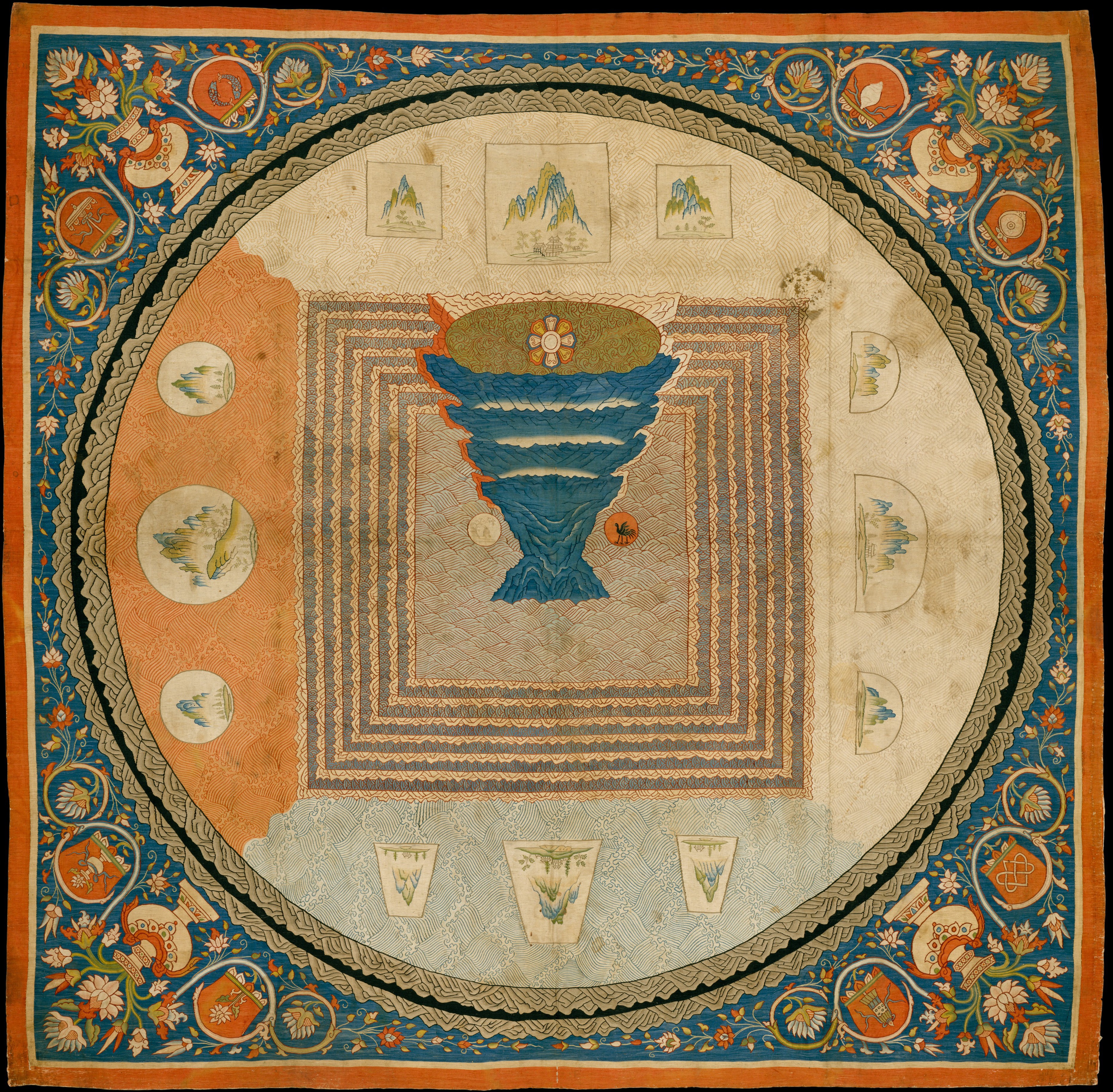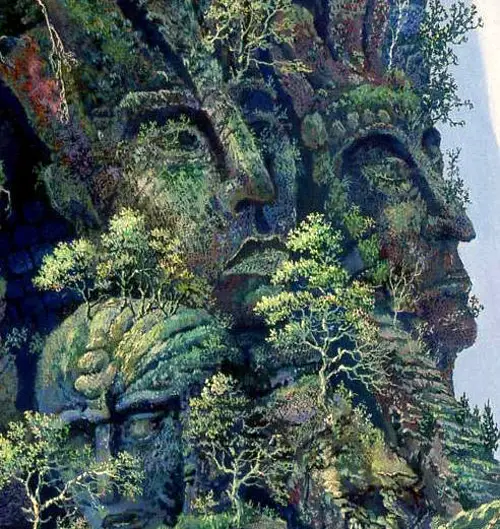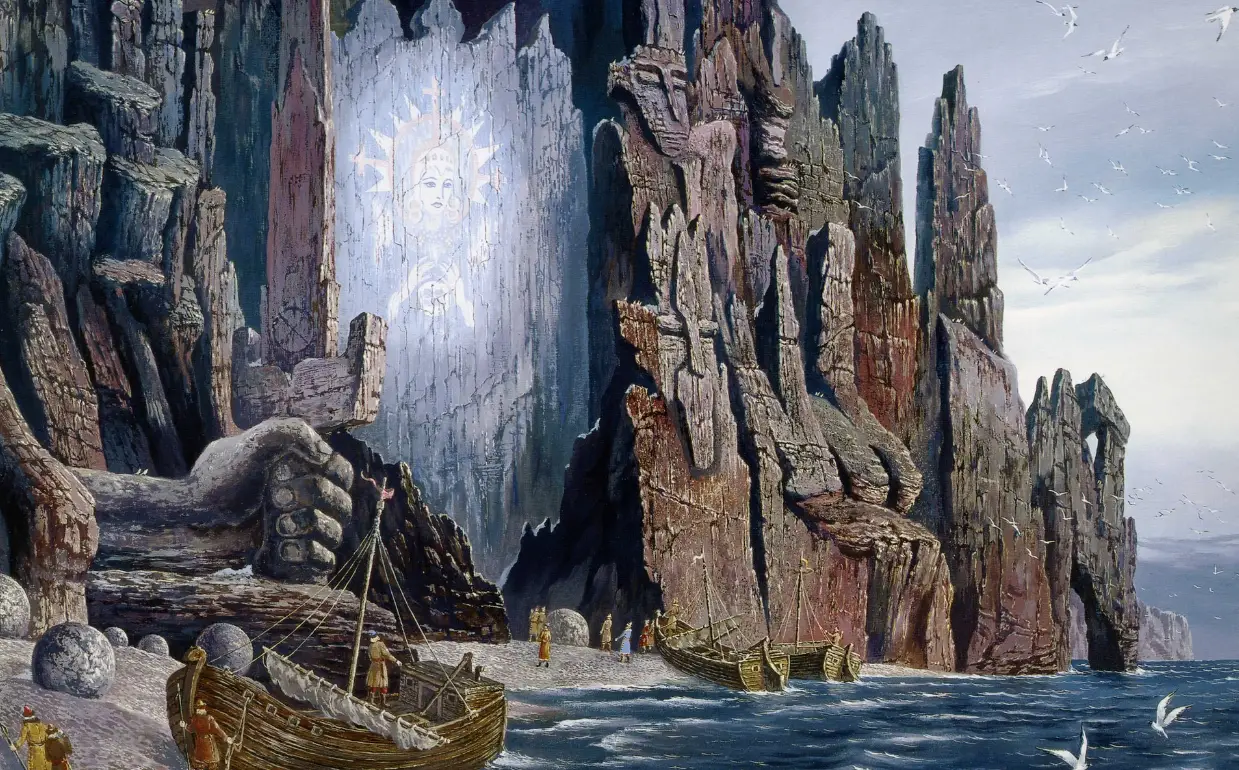Tag: Thule
The end of the primordial age and the "Fall of Man"
Notes of a mythical-traditional nature on the esoteric history of humanity in the present Manvantara: from the Golden Age to the "Fall", from the "Sleep of Adam" to the "Original Sin", from the tripartition Adam-Eve-Lilith to the revolt of the Bear against the Boar.
Francesco Petrarca and the search for the last Thule
The poet's adventurous journey in the footsteps of Greek and Latin geographers, in search of Thule, the lost and mythical Hyperborean homeland
Arctic homeland or "Mother Africa"?
di Michael Ruzzai
cover: Vsevolod Ivanov
Summary of the conference held on Friday 24 February 2017 at Trieste.
After the previous meeting on "The ancient roots of the Indo-Europeans"Of 27/1/2017 also this, which took place thanks to the organization of Daniele Kirchmayer, was introduced by the useful and interesting notes of Fabio Calabrese, who provided a first overview of the issues in question, insisting in particular on strong conformism, ideologically oriented, of current prehistoric research. In fact, as a starting point for the conference, we can certainly say that today the academic world, and also the popular one aimed at a wider audience, is based on two assumptions that tend to present themselves as real "dogmas "Of faith, in truth anything but demonstrated: the" ascending "evolutionism in a more general biological perspective, and the Afrocentrism of human origins in that more specifically concerning our species, Homo Sapiens. We will begin by exposing some points of criticism to these two conceptual a priori and then we will move on to illustrate the more properly constructive elements of the discourse.
A cosmogonic reading of the pantheon of the Mexica tradition, in a perspective of religious syncretism
The Aztec religion is a Mesoamerican religion that combines elements of polytheism, shamanism and animism, as well as aspects related to astronomy and the calendar. Aztec cosmology divided the world into three levels: an upper one, seat of the celestial gods, a lower one, seat of the underworld powers, and a middle one, in which the human consortium lives, equidistant from the gods and demons of nature and the subsoil. The concept of Theotl it is fundamental in the Aztec religion. In language Nahuatl it is often considered synonymous with "God", even if, to be more precise, it refers to a more general concept, which refers to the immaterial dynamic energy of divinity (tona), similar to the Polynesian concept of mana. As the Tapas of the Indo-Aryans, this tona it is not always beneficial, since an overabundance of it brings death and destruction [Torres 2004, p.14].





